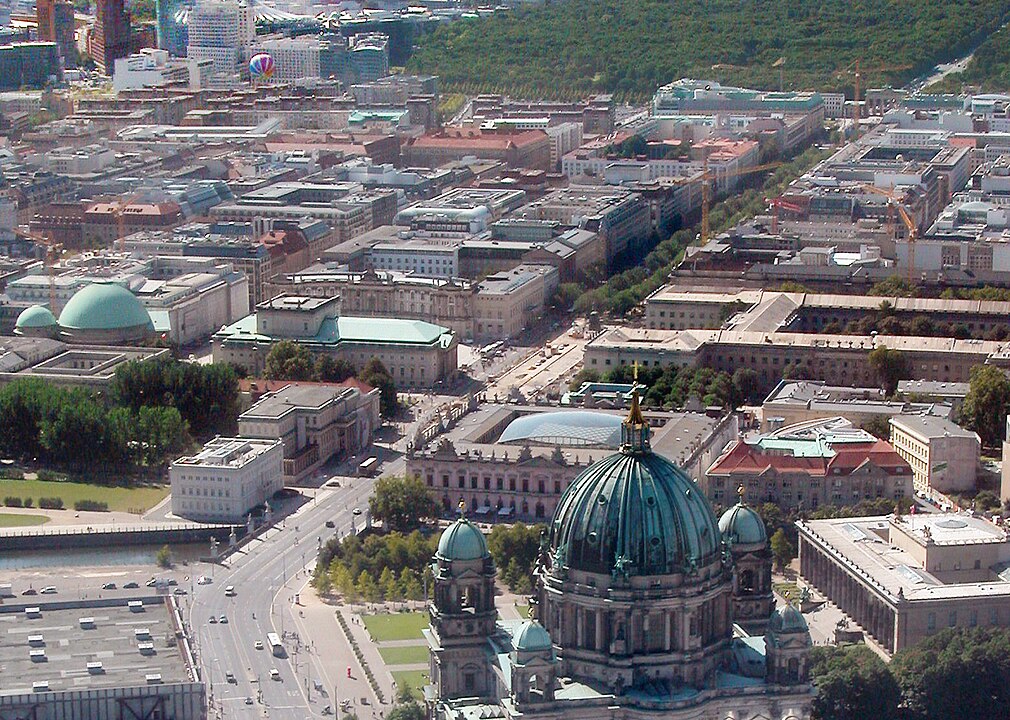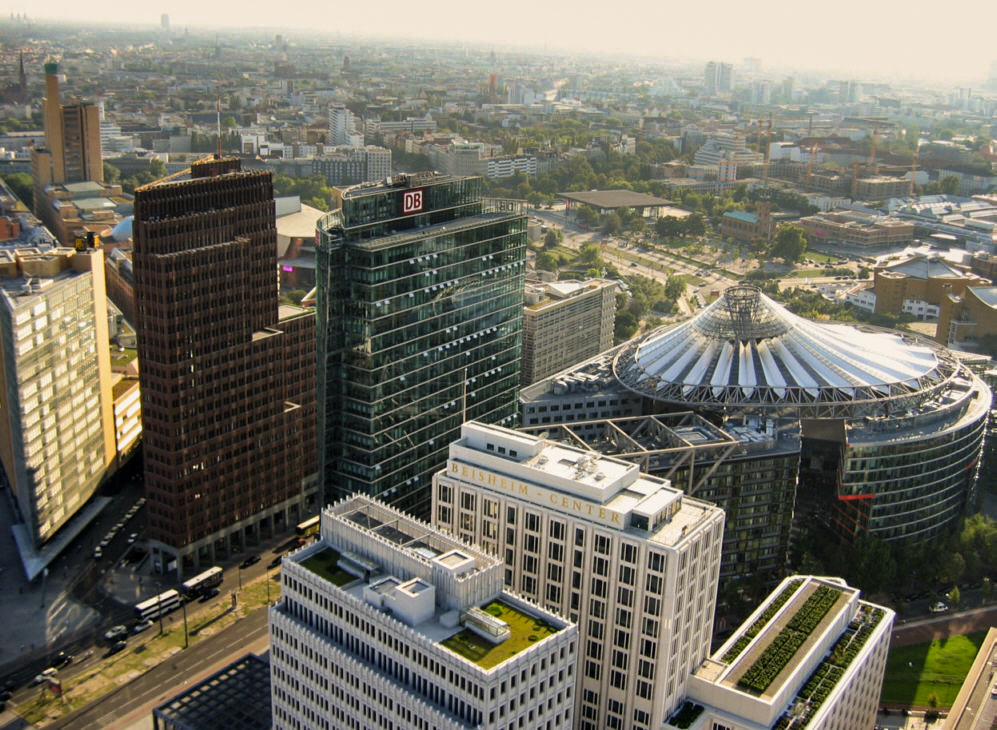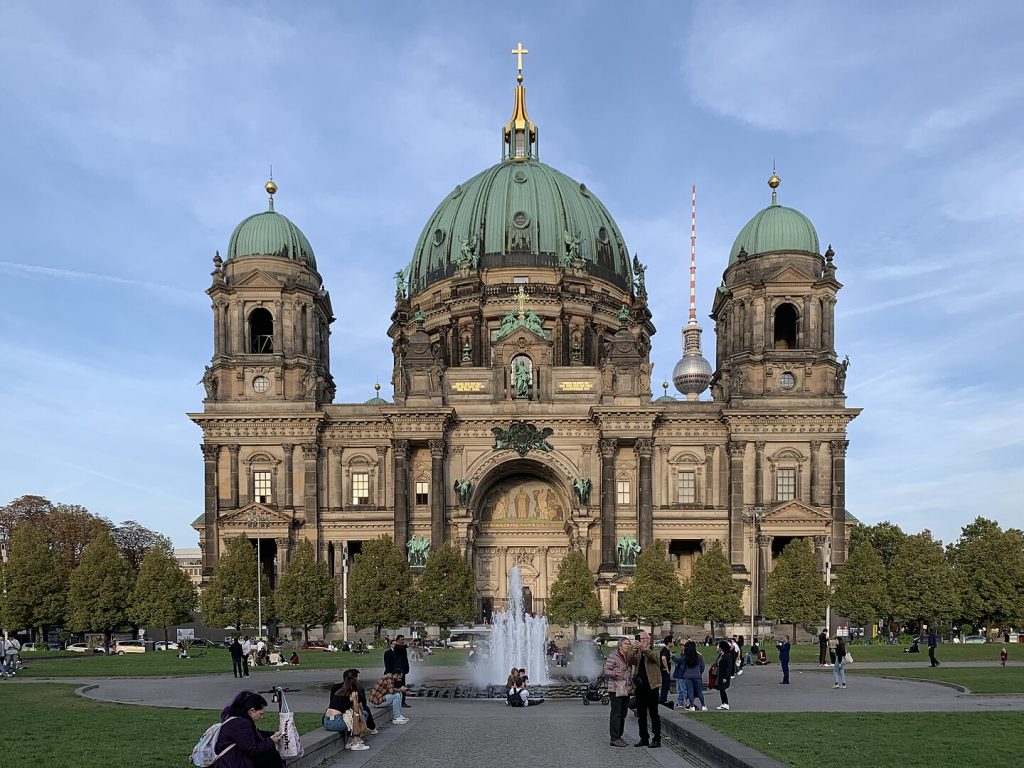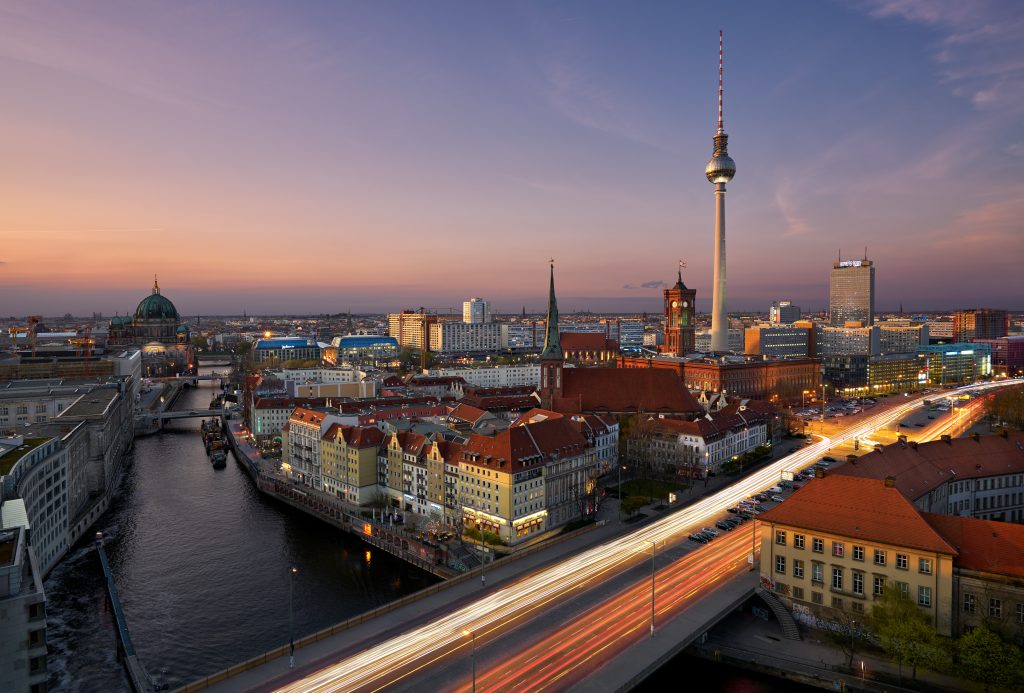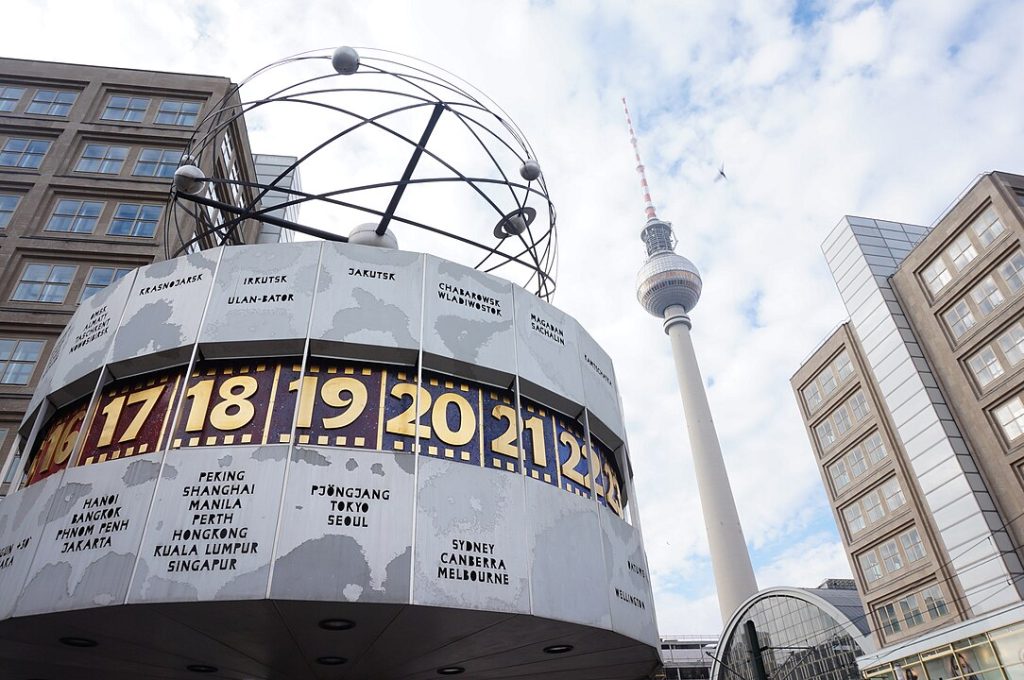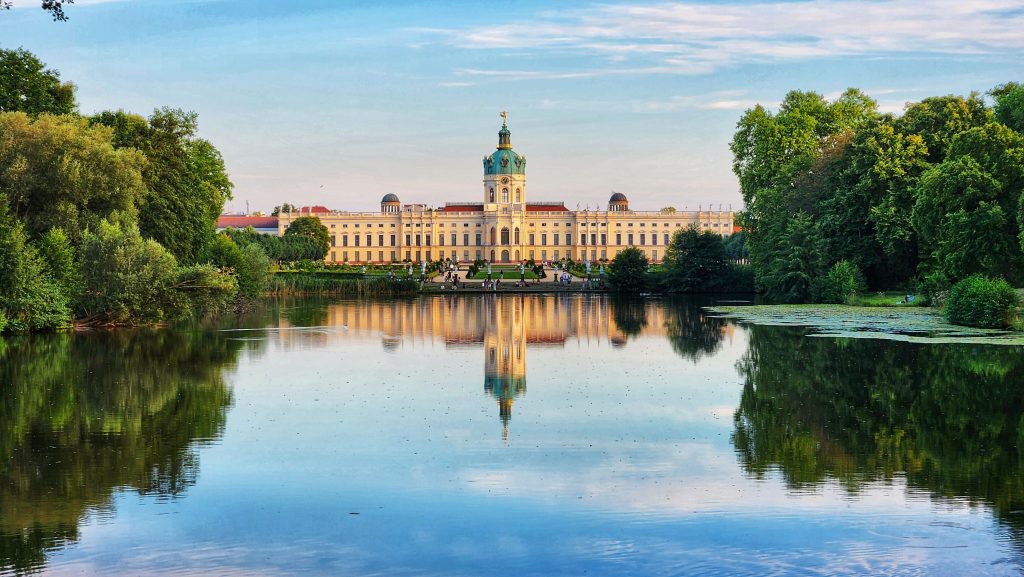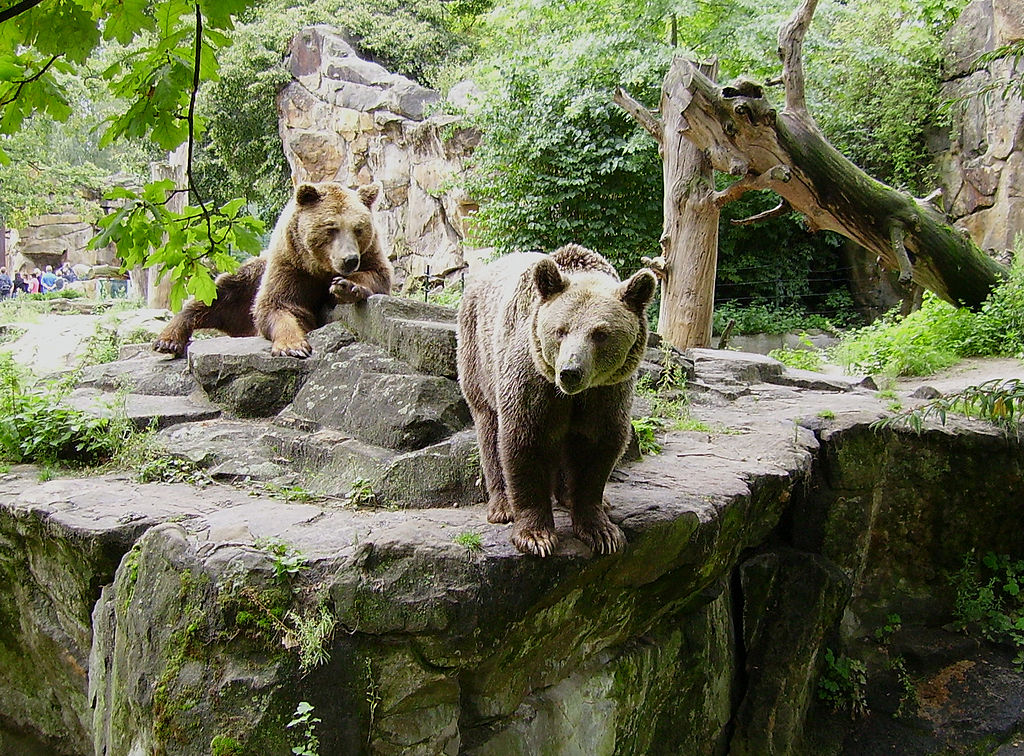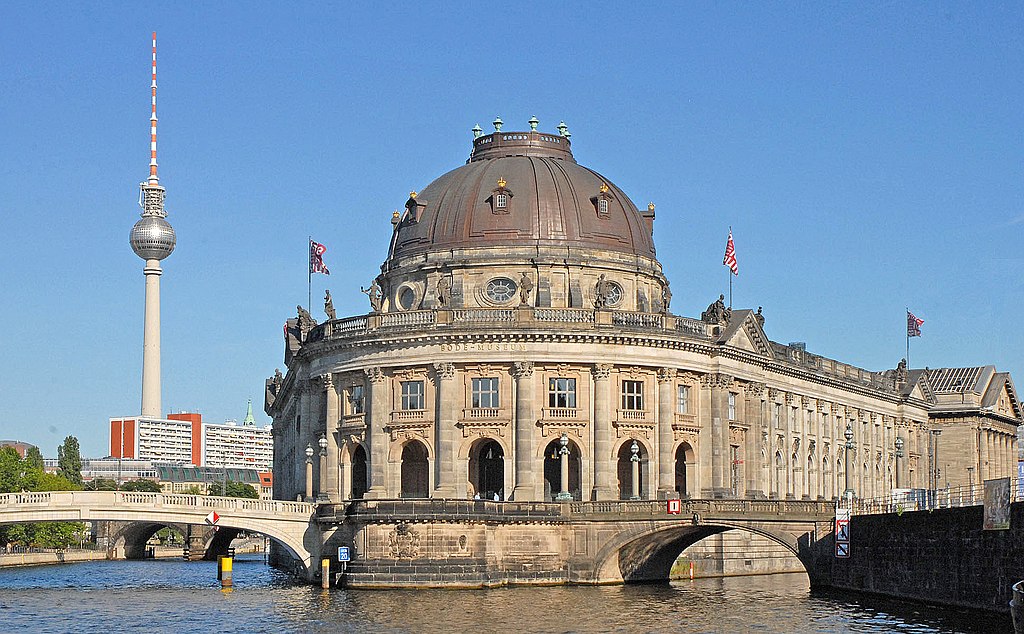- 1️⃣ History of the Brandenburg Gate - from Prussia to the present day
- 2️⃣ Classical architecture and symbolism of buildings
- 3️⃣ Quadriga - goddess of victory over Berlin
- 4️⃣ Gate during the Berlin Wall era - the dividing line
- 5️⃣ German reunification and the new dimension of the symbol
- 6️⃣ Brandenburg Gate today - a center for events and tourism
- 7️⃣ Trivia - Napoleon, the wall, Reagan and illuminations
- 8️⃣ Gate in culture and pop culture
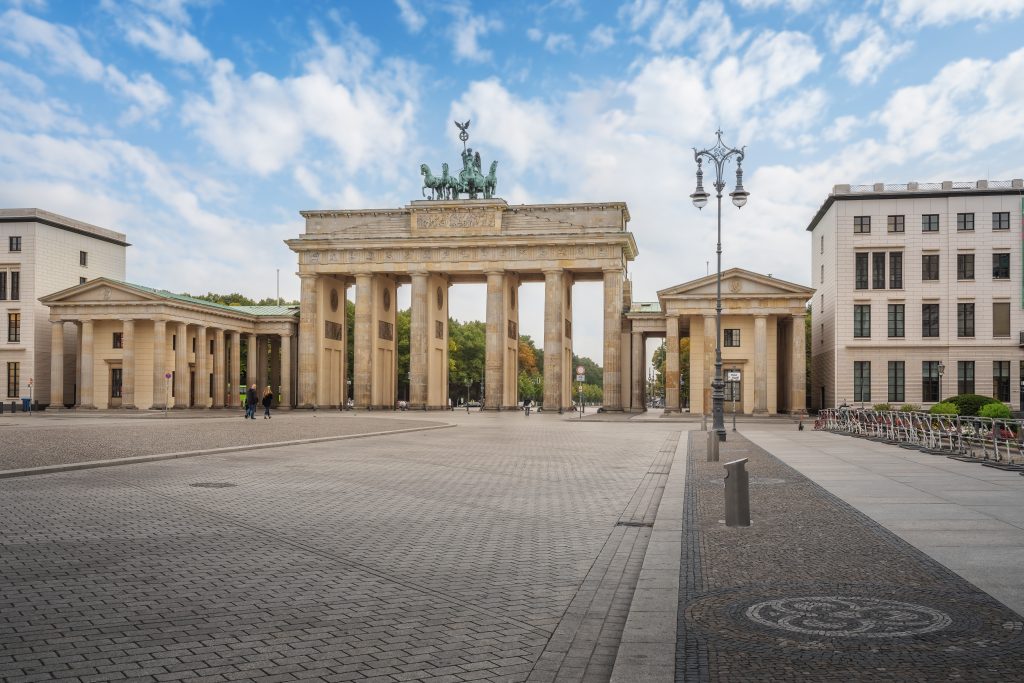
Brandenburg Gate it is without a doubt Berlin's most recognizable building, and at the same time One of the most powerful symbols of Germany and all of Europe. Erected at the end of the 18th century, for centuries it witnessed national triumphs, dramas and breakthroughs that affected the fate of the entire continent.
Its majestic silhouette with a quadriga on top attracts millions of tourists every year, but the Gate is more than just a tourist attraction. It is living history inscribed in stone, a space that connects the past to the present - from the Prussian empire, through the Napoleonic occupation, the division of Germany and the fall of the Berlin Wall, to today's democratic Europe.
In this article we will look at not only its architecture and symbolism, but also tumultuous history, curiosities and contemporary role of the This remarkable building. Ready for a journey through Berlin's history? Let's get started!
1️⃣ History of the Brandenburg Gate - from Prussia to the present day
🧭 First time in the German capital?
👉 Berlin's top 15 attractions
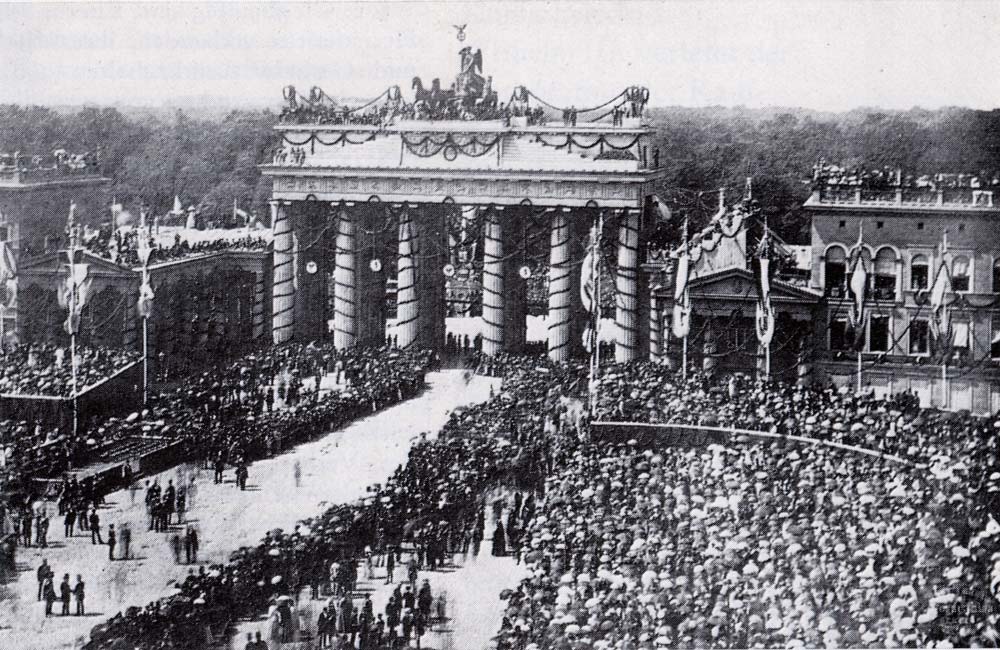
Brandenburg Gate is not only one of the most recognizable symbols of Berlin, but also A silent witness to Germany's turbulent history - From the era of the Prussian kings, through the period of wars and divisions, to the reunification of the country.
💠 Classicist beginnings
Her story begins in 1788, when the king Frederick William II commissioned the construction of a monumental gate on the site of the former city horns. The project Carl Gotthard Langhans, inspired by the Athenian gate Propyles, was to emphasize the power of Prussia. Completed in 1791, the Brandenburg Gate was to be a symbol of peace and prestige.
💠 Symbol of marches and change
Over the years, the Gate has changed its meaning. Napoleon took the quadriga from it to Paris. In the 19th and 20th centuries it witnessed military parades, Nazi marches and the dramas of World War II. After 1961 found itself in a zone near berlin wall - inaccessible to residents of both East and West.
💠 From an icon of division to a sign of unity
After the fall of the wall in 1989 The Brandenburg Gate has become a symbol of a new, united Europe. It was here that thousands of Berliners celebrated the fall of the wall, and politicians from around the world gave speeches about the freedoms i room. Today it is a must-see on any visit to Berlin - A witness to the past and a sign of reconciliation.
2️⃣ Classical architecture and symbolism of buildings
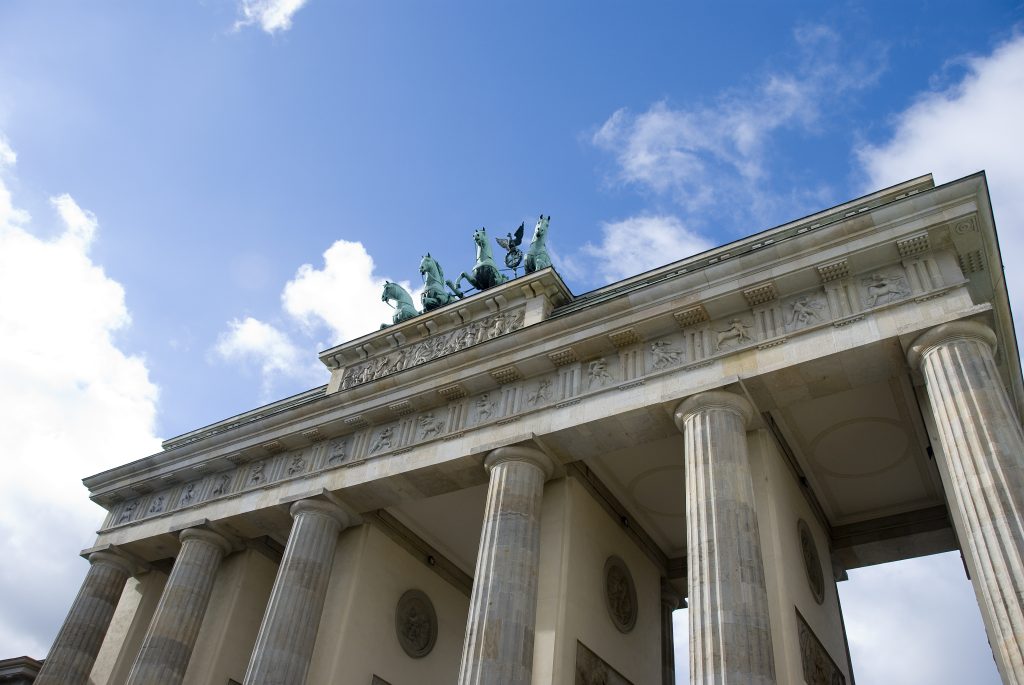
Brandenburg Gate is a work not only of great historical significance, but also an outstanding example of classicist architecture, which continues to impress with precision of form, harmony of proportion and hidden meanings.
💠 Inspired by ancient Greece
Gateway Designer, Carl Gotthard Langhans, drew directly from ancient models - most notably the Athens' Propylaea gate, leading to the Acropolis. Twelve powerful columns in the Doric style divided into five passages symbolizes order and majesty. The central passageway was originally intended exclusively for the royal family.
💠 Harmony, order, strength
The entire structure is maintained in the spirit of symmetry and moderation, so typical of classicism. However, it is not just an ornament - the architecture of the Gate from the beginning was to express the strength and unity of the Prussian state, and at the same time create a monumental entrance to the representative part of Berlin - The so-called Forum Fridericianum.
💠 Changing symbolism through the centuries
Although she was initially symbol of peace, the Gate quickly acquired new meanings. During the Nazi era, it became a backdrop for propaganda, after the war - a witness to ruin, and during the Cold War - a silent sign of the division of Germany. Today it represents An emblem of reconciliation, democracy and European identity.
3️⃣ Quadriga - goddess of victory over Berlin
🎢 Berlin through the eyes of the youngest?
👉 Top 10 - attractions for children in Berlin
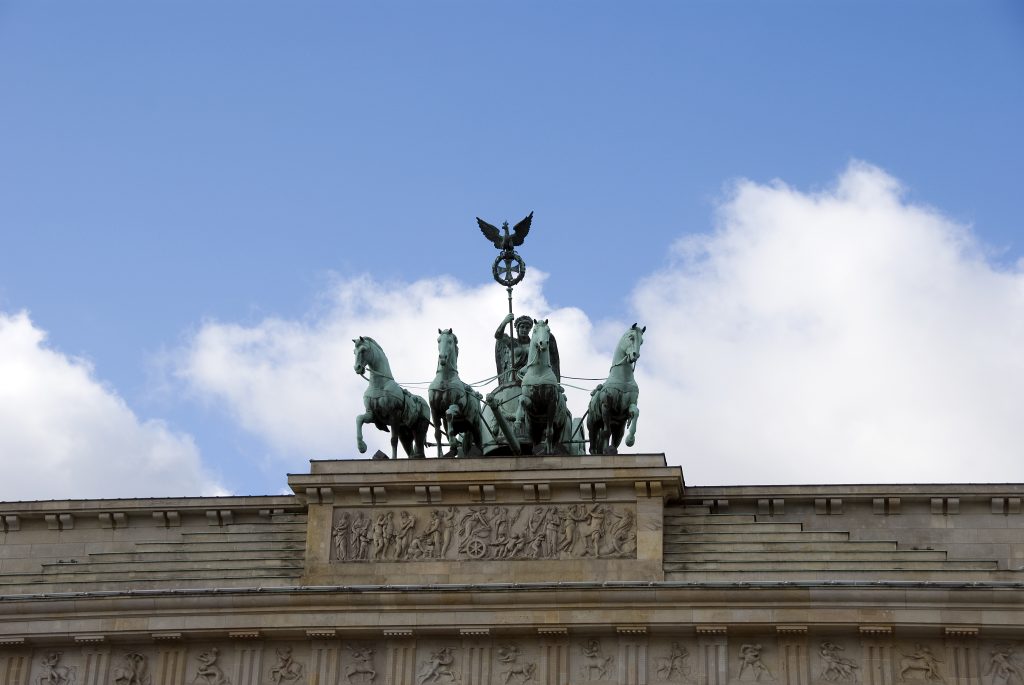
Atop the Brandenburg Gate reigns the quadriga, which is a sculpture depicting a chariot harnessed to four horses. This is one of the most recognizable elements of the entire establishment, which in itself has an extremely interesting history and rich symbolism.
💠 Goddess of peace with attributes of victory
Quadriga was designed by Johann Gottfried Schadow In 1793 - two years after the Gate itself was completed. The vehicle runs goddess Eirene (in later interpretations also Victoria) - the personification of peace, which in his hand holds the scepter topped with Prussian eagle and iron cross. This set of symbols not coincidentally combines power, might and spiritual values Prussia.
💠 Kidnapped by Napoleon
In 1806, after the victories at Jena and Auerstedt, Napoleon Bonaparte took the quadriga to Paris As a war trophy. The sculpture did not return to Berlin until 1814, after the defeat of the Emperor. Since then, it has become a a symbol of triumph over the invaders, and the iron cross added at the time was to emphasize this even more strongly.
💠 Destruction and reconstruction
During World War II, the quadriga was severely damaged. The original sculpture was destroyed, but in 1958 it was reconstructed on the basis of preserved fragments and documentation. Today we can admire it in its full glory - as a symbol of victory, but also of survival and reconstruction.
4️⃣ Gate during the Berlin Wall era - the dividing line
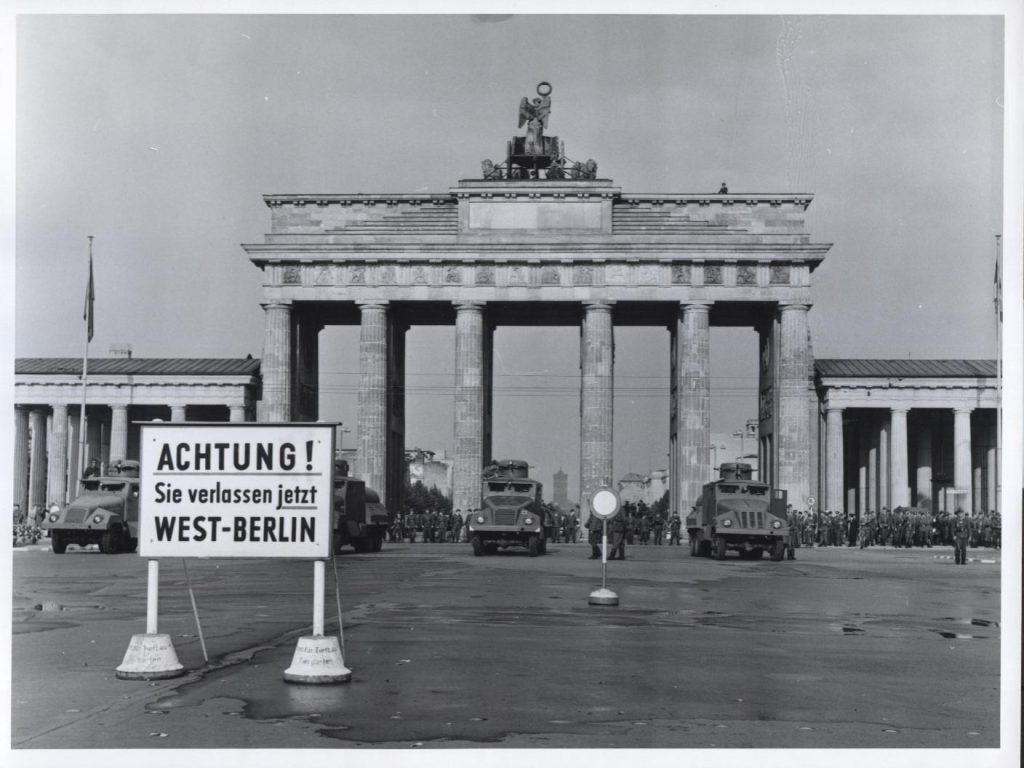
In the second half of the 20th century, the Brandenburg Gate ceased to be merely a symbol of Berlin - it became a a sign of the Cold War and the dramatic division of Germany. It transformed from a monumental passage into an inaccessible border zone that separated two hostile worlds.
💠 Rise of the Berlin Wall
On the night of August 12-13, 1961, the construction began of the berlin wall. It ran right in front of the Brandenburg Gate, making it a symbolic and physical boundary point Between East and West Berlin. Although the Gate itself was located on the eastern side, it was completely cut off from access from both sides.
💠 Empty and silent border
For the next 28 years, the Gate stood alone, devoid of tourism and urban life. Surrounded by walls, barbed wire and soldiers, it became a a grim symbol of a divided world. Despite this - or precisely because of it - the remained in the hearts of many Germans as a sign of hope and unity.
💠 Iconic speeches and protests
In 1987, in front of the Brandenburg Gate, US President Ronald Reagan uttered the historic words: "Mr. Gorbachev, tear down this wall!" (Mr. Gorbachev, tear down that wall!). This was one of the highlights of the international pressure that preceded the the fall of the berlin wall in 1989 - an event that changed European history forever.
5️⃣ German reunification and the new dimension of the symbol
🏛 Do you love art and history?
👉 Top 10 - museums in Berlin
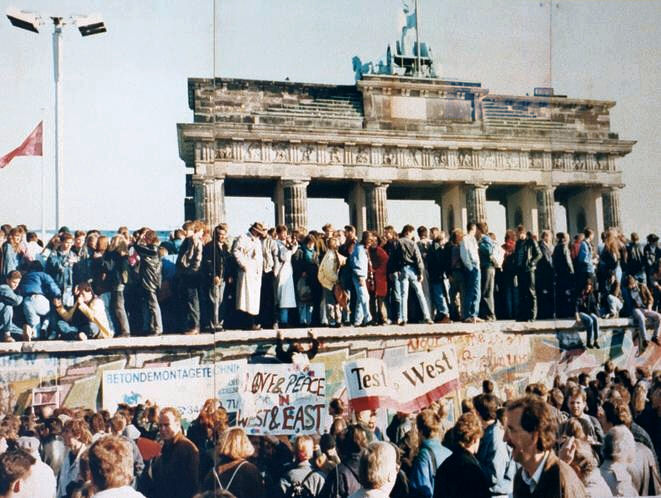
Brandenburg Gate, for decades separating two worlds, in an instant became their bridge. After the fall of the berlin wall in 1989 The gate has regained its former significance - symbol of unity, peace and hope.
💠 The fall of the wall and a wave of euphoria
On November 9, 1989, thousands of Berliners from both sides of the wall met at the Brandenburg Gate. It was here that the spontaneous celebration began, the touching scenes of reunions after years of separation, and the first steps together toward a freedom and reunification. The gate has become the central place of the historic breakthrough.
💠 Official opening and return to city life
On December 22, 1989, the Gate was reopened to pedestrians. The ceremony was graced by German Chancellor Helmut Kohl and East German Prime Minister Hans Modrow. From that moment, the process began Berlin integration, in which the Gate played a symbolic, but also practical role - as a transition between East and West.
💠 Europe's new symbol
In 1990, after the official reunification of Germany, the Brandenburg Gate began to represent not only national unity, but also The values of all of Europe - democracy, openness and peace. Today it is here that the major state ceremonies, New Year's Eve concerts and international meetings - always under the quiet gaze of the quadriga.
6️⃣ Brandenburg Gate today - a center for events and tourism
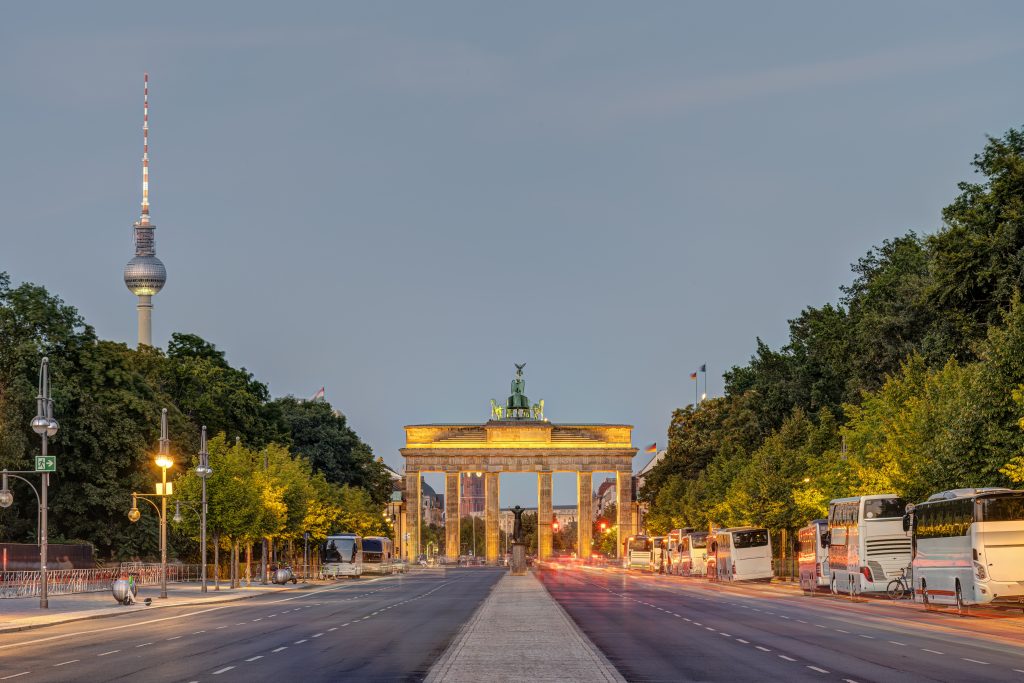
Today Brandenburg Gate is one of the most important places in Berlin - a must-see on every trip, and at the same time The heart of the public and cultural life of the German capital. From a place of seclusion, it has become an open space teeming with energy.
💠 Crowds of tourists and atmospheric space
Hundreds or even thousands of tourists gather at the Gate every day. They are delighted by the monumentality of the buildings, a wide avenue Unter den Linden i square Pariser Platz, which is surrounded by elegant embassies, hotels and offices. It is one of the most photographed places in Berlin.
💠 Public and cultural events
The Brandenburg Gate has become a host of Germany's biggest events - From New Year's Eve with television coverage, to Berlin Pride and the Berlin Marathon, to concerts, exhibitions and protests. Each of these events gains unique prominence from the backdrop of the historic building.
💠 A place for reflection and integration
Although full of life, the Gate still retains its tokenism. Here are held ceremonies commemorating important anniversaries, here tourists and residents stop for a moment of reflection. It is a place where the past meets the present, and local events are gaining global dimension.
7️⃣ Trivia - Napoleon, the wall, Reagan and illuminations
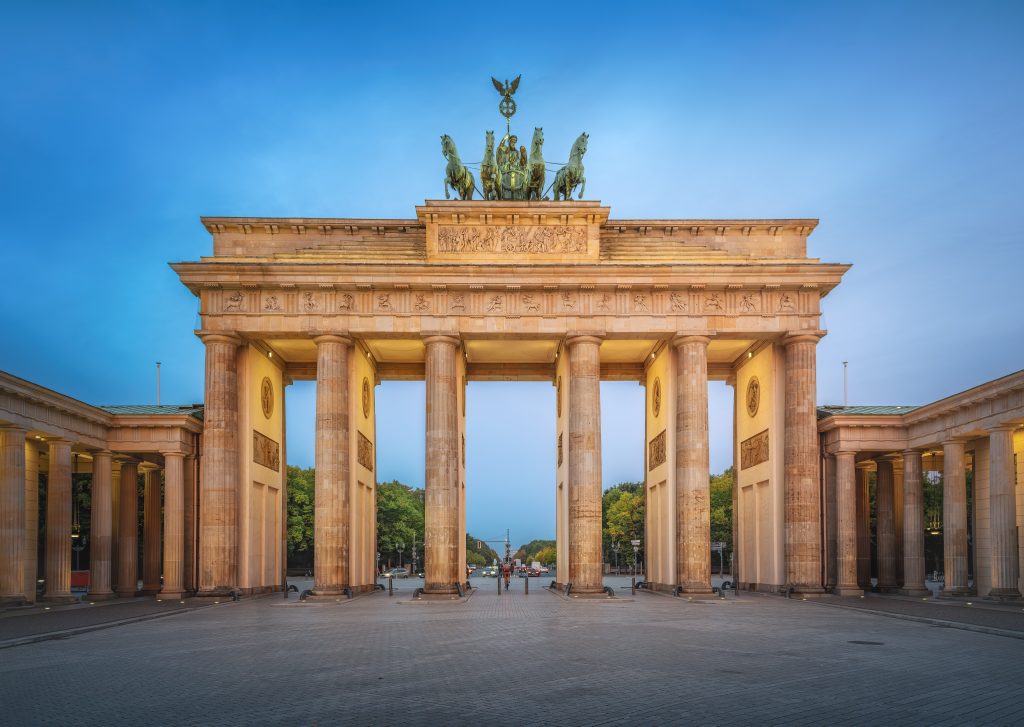
Brandenburg Gate hides many remarkable stories and symbols that have built its legend over the centuries. Here are some of them that are worth knowing before standing in front of this monumental witness to history.
💠 Napoleon and the theft of the quadriga
In 1806, after the victory over the Prussians, Napoleon Bonaparte rode triumphantly into Berlin and... decided to take the quadriga as spoils of war to Paris. The sculpture returned only after his defeat - in 1814 - and has symbolized not only victory but also national pride ever since.
💠 Gateway at the center of world politics
In 1987 Ronald Reagan, standing in front of the Brandenburg Gate, uttered the famous words:
"Mr. Gorbachev, tear down this wall!"
This historic speech has passed into the canon of Cold War rhetoric and is remembered today as a The moment of pressure that contributed to the fall of the wall two years later.
💠 Illuminations and light shows
Today, the Gate is often used as a screen for spectacular light shows - especially during Berlin's Festival of Lights. The colorful illuminations change its face depending on the occasion, from national holidays to sports events and solidarity actions.
💠 Silent testimony of transformation
During World War II, the Gate was severely damaged, but it survived - as it did regime change, division and reconstruction of Europe. It is its presence in each of these eras that makes the For Germans and tourists from all over the world, it is more than a monument - it is a symbol of history in motion.
8️⃣ Gate in culture and pop culture
Brandenburg Gate is not only a monument and a historical symbol - it is also a Icon present in mass culture, art and media, which has become an international landmark of Berlin and Germany.
💠 Motif in movies and TV series
The gate appears in many films, especially those related to the history of Berlin, the Berlin Wall and the Cold War period. Examples include:
- "Good Bye, Lenin!" - a cult German film showing the transformation after the fall of the Wall, in which the Gate symbolizes the unification of two worlds.
- "Unknown" (2011) starring Liam Neeson, a thriller in which we see the Gate in the background of the action taking place in Berlin.
- "One, Two, Three" (1961). Billy Wilder's classic comedy, in which the Gate appears in the context of a divided Berlin.
The gate is also sometimes used as a backdrop in historical documents and accounts of political events.
💠 Icon on postcards and souvenirs
The image of the Gate goes to postcards, magnets, mugs, key chains and posters. It is one of the most popular motifs among tourists visiting Germany and part of Berlin's corporate identity.
💠 Inspiration in contemporary art
The Brandenburg Gate often appears in the prints, murals and art installations. Depending on the context, it is sometimes a symbol of peace, freedom, but also of political divisions or social change. It is readily used by artists commenting on current events.
💠 Background on mass events and technology
The gate serves as backdrop for concerts, light shows (e.g., Festival of Lights), state ceremonies and international events. On the occasion of the New Year, concerts and New Year's Eve countdown are broadcast from here. Her silhouette also appears in computer games and animations, where she is recreated with great accuracy.
9️⃣ How to get there - location and directions for tourists
Brandenburg Gate is located in the heart of Berlin, at the crossroads of the city's historical and modern routes. Thanks to its central location and excellent transportation, getting there is quick and convenient - for tourists and locals alike.
💠 Address and surroundings
The gate is located at Pariser Platz, directly on the representative avenue Unter den Linden, leading to Museum Island. There are other attractions nearby - including. Reichstag, Monument to the Murdered Jews of Europe i Tiergarten - Berlin's largest park.
💠 Access by public transport
The easiest way to get here is by subway:
🚇 U-Bahn line U55 - station Brandenburger Tor (now connected to the U5 line)
🚆 S-Bahn lines S1, S2, S25, S26 - also a stop Brandenburger Tor
🚍 Buses: lines 100 and 300 - A great option if you want to see other Berlin attractions on occasion.
💠 For pedestrians and cyclists
The gate is located in pedestrian zone - Take a walk along the Unter den Linden promenade or set off from the nearby Berlin Hauptbahnhof (main train station), which is just a approx. 15 minutes walk. The city is also conducive to cyclists - there are bicycle racks and city bicycle stations at the Gate.
💠 Practical tips
- Admission to the area around the Gate is free and available around the clock.
- You will take the best pictures Morning (less crowds) or in the evening, with illumination.
- There are tourist information centers, cafes and public toilets in the area.
🔟 Why is the Brandenburg Gate worth seeing?
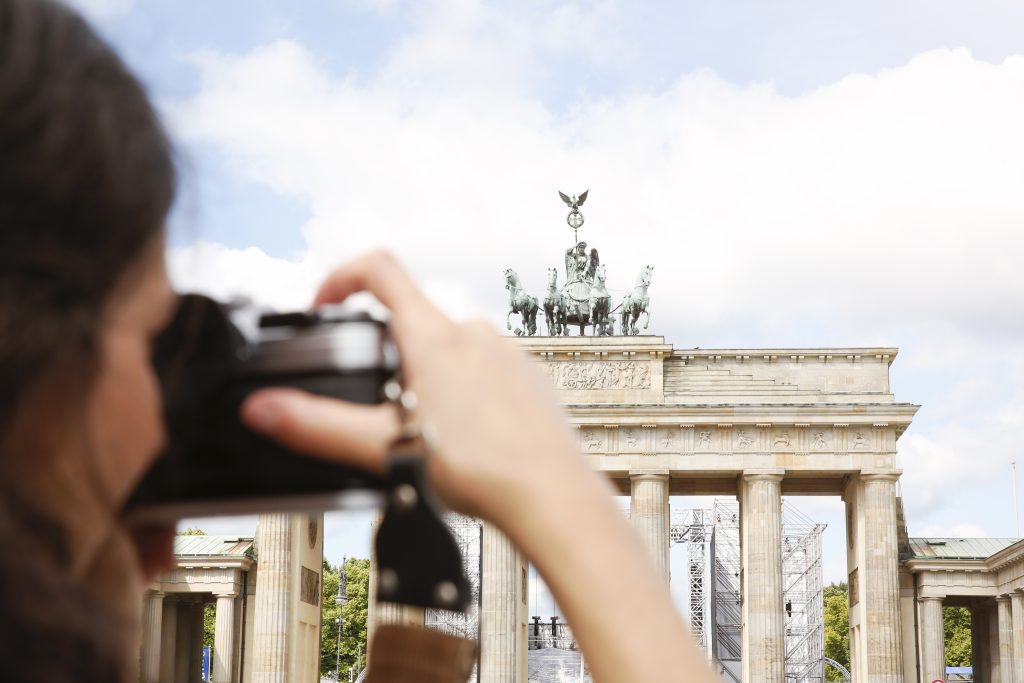
Brandenburg Gate is more than a monument - it A living symbol of history, freedom and change, which moves even those who are not interested in politics or architecture. A visit to this place is a must-see on any visit to Berlin - and for many reasons.
💠 Meeting with history live
It is here that the history of Prussia, the triumph of Napoleon, the ruins of World War II, the darkness of the Cold War and the joy of European unification meet. Each stone of the Gate tells a fragment of the story of how the world has changed.
💠 An icon of Berlin and Germany
The gate is to Berlin what Eiffel Tower for Paris or Big Ben for London. Its sight is memorable for a lifetime - especially when you stand under it at dusk, surrounded by the lights and bustle of the city.
💠 Free and available 24/7
This is one of those places that do not require a ticket or planning - You can come here at any time of day or night, alone or in a group, with or without a guide. And you will still feel that you are at the heart of something bigger.
💠 Connection to other attractions
In the immediate vicinity you will find Reichstag, Tiergarten, Holocaust Memorial, but also prestigious hotels, embassies and cafes. A visit to the Gate can be the starting point for further sightseeing in Berlin.
💠 An experience that stays
Many tourists stress that The Brandenburg Gate is impressive not only in appearance, but in atmosphere - is a place of thoughtfulness, joy and reflection. One photo taken here is not only a souvenir of the trip, but a testimony of encounter with history and symbol of unity.
🏁 Summary - The gate that connects the past to the present.
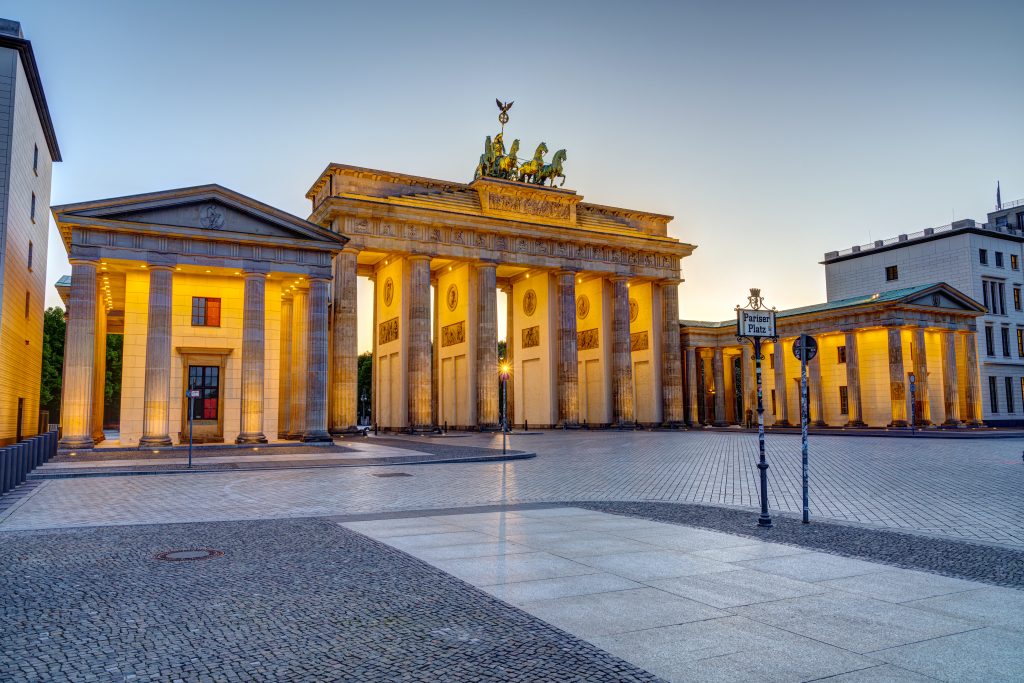
Brandenburg Gate is not only a monumental building in the heart of Berlin - it is a A silent witness to the events that shaped Europe. From the time of the Prussian monarchs, the Napoleonic era, the ruins of war, the Berlin Wall and German reunification, each of these events has left its mark on the country.
Today, the Gate symbolizes freedom, peace and unity, being a place for meetings, events and reflections. It delights tourists from all over the world, attracts photographers and inspires artists. This is where history meets modernity, and the past is still alive - in the columns, sculptures and atmosphere of this remarkable place.
When you visit the Brandenburg Gate, you are not only standing in front of a monument, but in front of a symbol of a Europe that has come a long way - and is still going further.

